HTTP Version History
- HTTP/1.1
- HTTP/2
- HTTP/3
HTTP 1
- RFC 1945
- 1994
- 60-page specification
HTTP 1.1
- RFC 2616
- 1996
- 176 pages, with a lot of optional parts.
- Supports virtual hosting (a server with a single IP Address hosting multiple domains)
- keep-alive
- Persistent Connections: decoupled the one-to-one relationship between TCP and HTTP
- Multiplexing: send in bulk, read in queue, have head-of-line issue.
- hard to update its protocol since every middle box has its own implementation
—
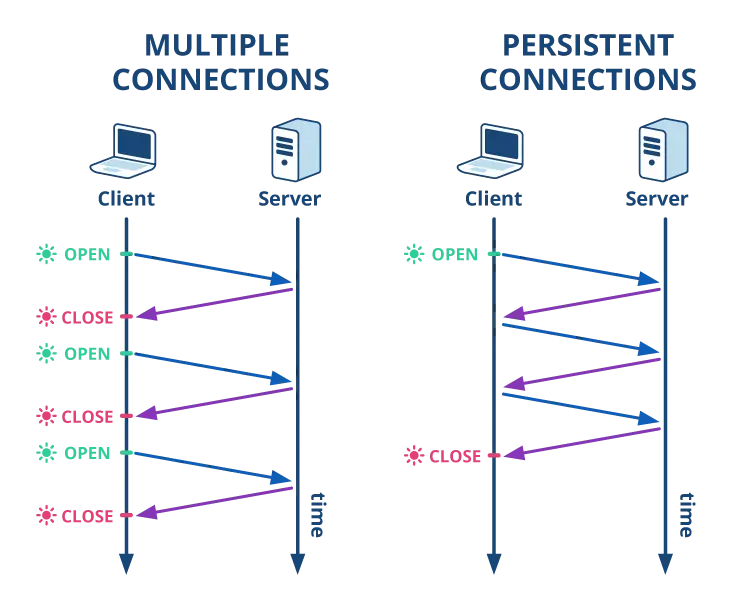
—
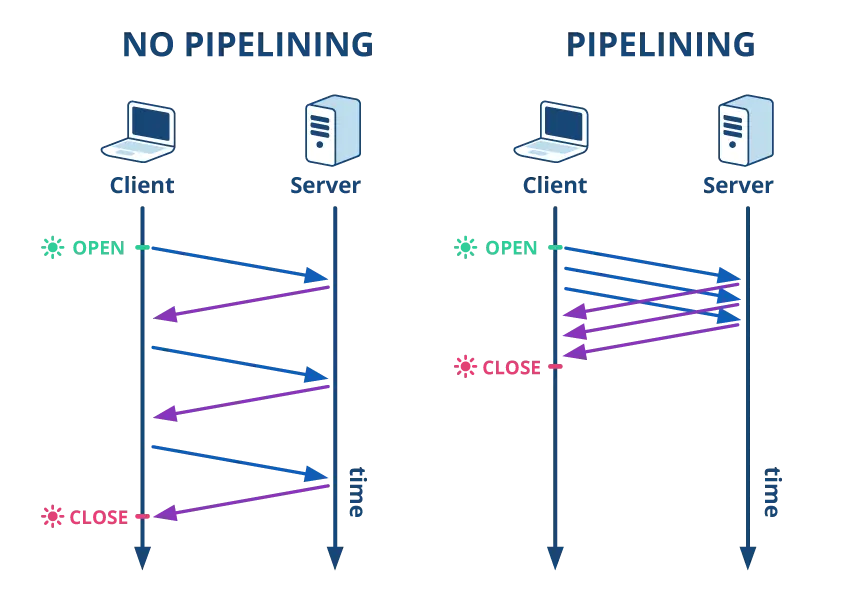
—
GET / HTTP/1.1
Host: www.freebsd.org
User-Agent: Mozilla/5.0 (Windows; U; Windows NT 5.1; en-US; rv:1.7.7) Gecko/20050414 Firefox/1.0.3
Accept: text/xml,application/xml,application/xhtml+xml,text/html;q=0.9,text/plain;q=0.8,image/png,*/*;q=0.5
Accept-Encoding: gzip,deflate
Accept-Charset: ISO-8859-1,utf-8;q=0.7,*;q=0.7
Keep-Alive: 300
Connection: keep-alive
If-Modified-Since: Mon, 09 May 2005 21:01:30 GMT
If-None-Match: "26f731-8287-427fcfaa"
HTTP/1.1 200 OK
Date: Fri, 13 May 2005 05:51:12 GMT
Server: Apache/1.3.x LaHonda (Unix)
Last-Modified: Fri, 13 May 2005 05:25:02 GMT
ETag: "26f725-8286-42843a2e"
Accept-Ranges: bytes
Content-Length: 33414
Keep-Alive: timeout=15, max=100
Connection: Keep-Alive
Content-Type: text/html
HTTP 2
- RFC 7540
- May 15th 2015
- Binary Protocol
- Single TCP Connection
- multiplexd
- stream
- Header compression
- Do not require it to deliver in order
- Prioritization
- Dependency Tree
- Server Push
—
+-----------------------------------------------+
| Length (24) |
+---------------+---------------+---------------+
| Type (8) | Flags (8) |
+-+-------------+---------------+-------------------------------+
|R| Stream Identifier (31) |
+=+=============================================================+
| Frame Payload (0...) ...
+---------------------------------------------------------------+
—
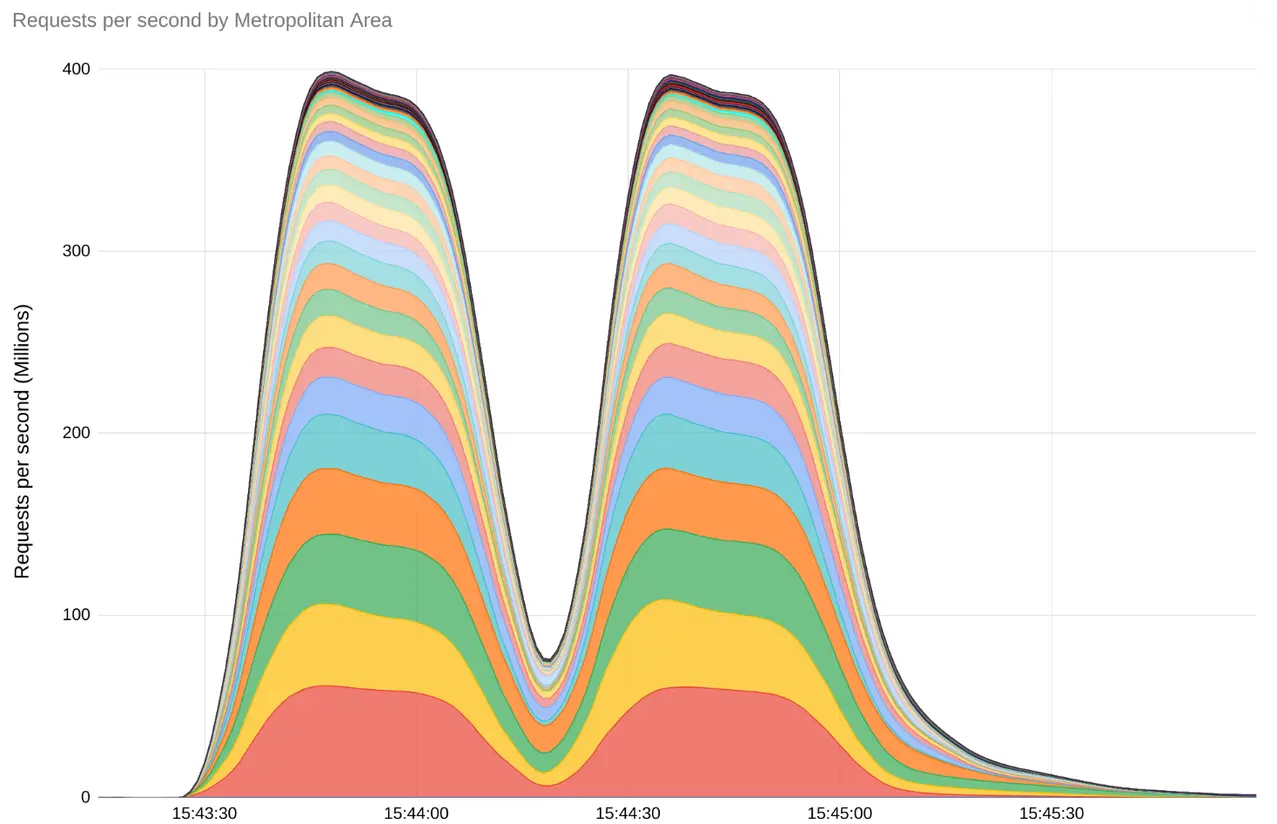
—
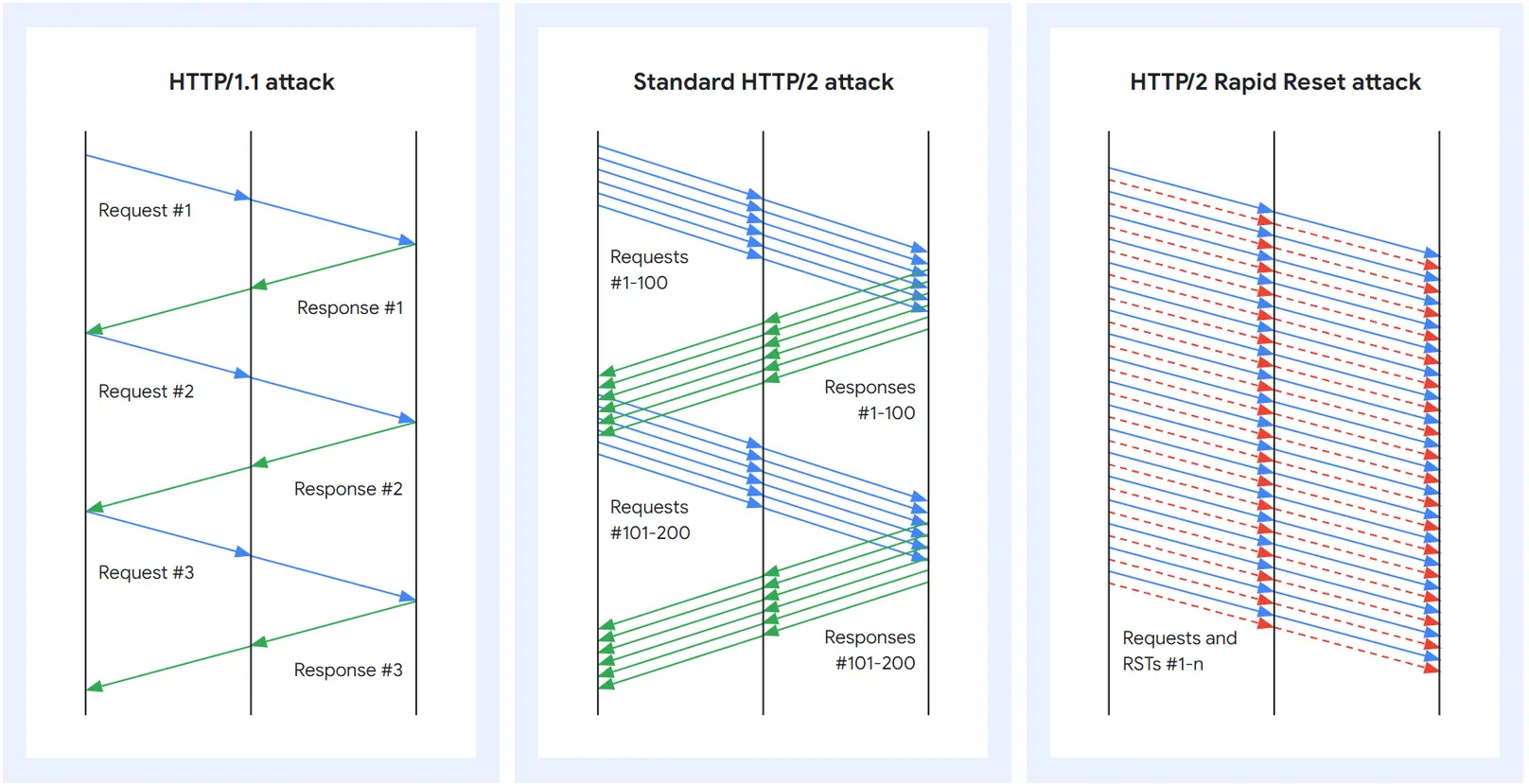
—
curl --http2 https://www.example.com -I -v
HTTP/1.1 200 Connection established
* using HTTP/2
* h2 [:method: HEAD]
* h2 [:scheme: https]
* h2 [:authority: www.example.com]
* h2 [:path: /]
* h2 [user-agent: curl/8.1.2]
* h2 [accept: */*]
* Using Stream ID: 1 (easy handle 0x127012800)
> HEAD / HTTP/2
> Host: www.example.com
> User-Agent: curl/8.1.2
> Accept: */*
HTTP/2 200
accept-ranges: bytes
age: 136909
cache-control: max-age=604800
content-type: text/html; charset=UTF-8
date: Sun, 08 Oct 2023 02:28:20 GMT
etag: "3147526947"
expires: Sun, 15 Oct 2023 02:28:20 GMT
last-modified: Thu, 17 Oct 2019 07:18:26 GMT
server: ECS (laa/7BA2)
x-cache: HIT
content-length: 1256
HTTP 3
- RFC 9114
- 2022
- QUIC
- Encryption by default using TLS
- middlebox agnostic
- stream
- no handshake required
- 0-RTT
- mobile friendly
- connection ID (wifi to mobile switch), aka connection migration
—
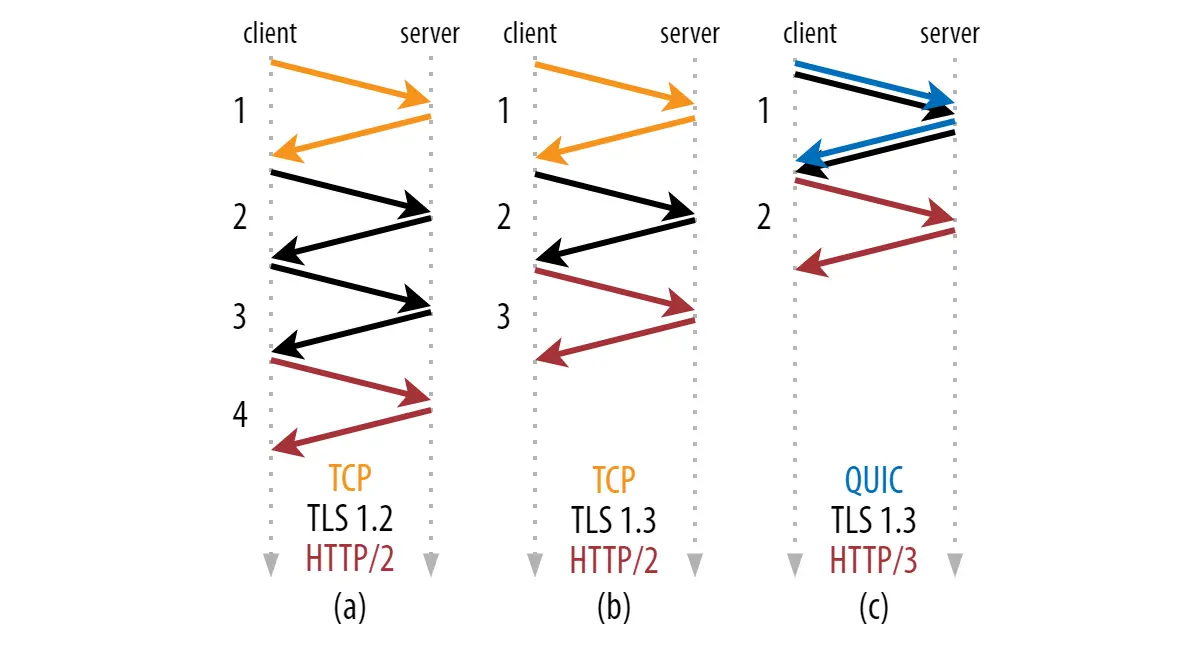
—

—
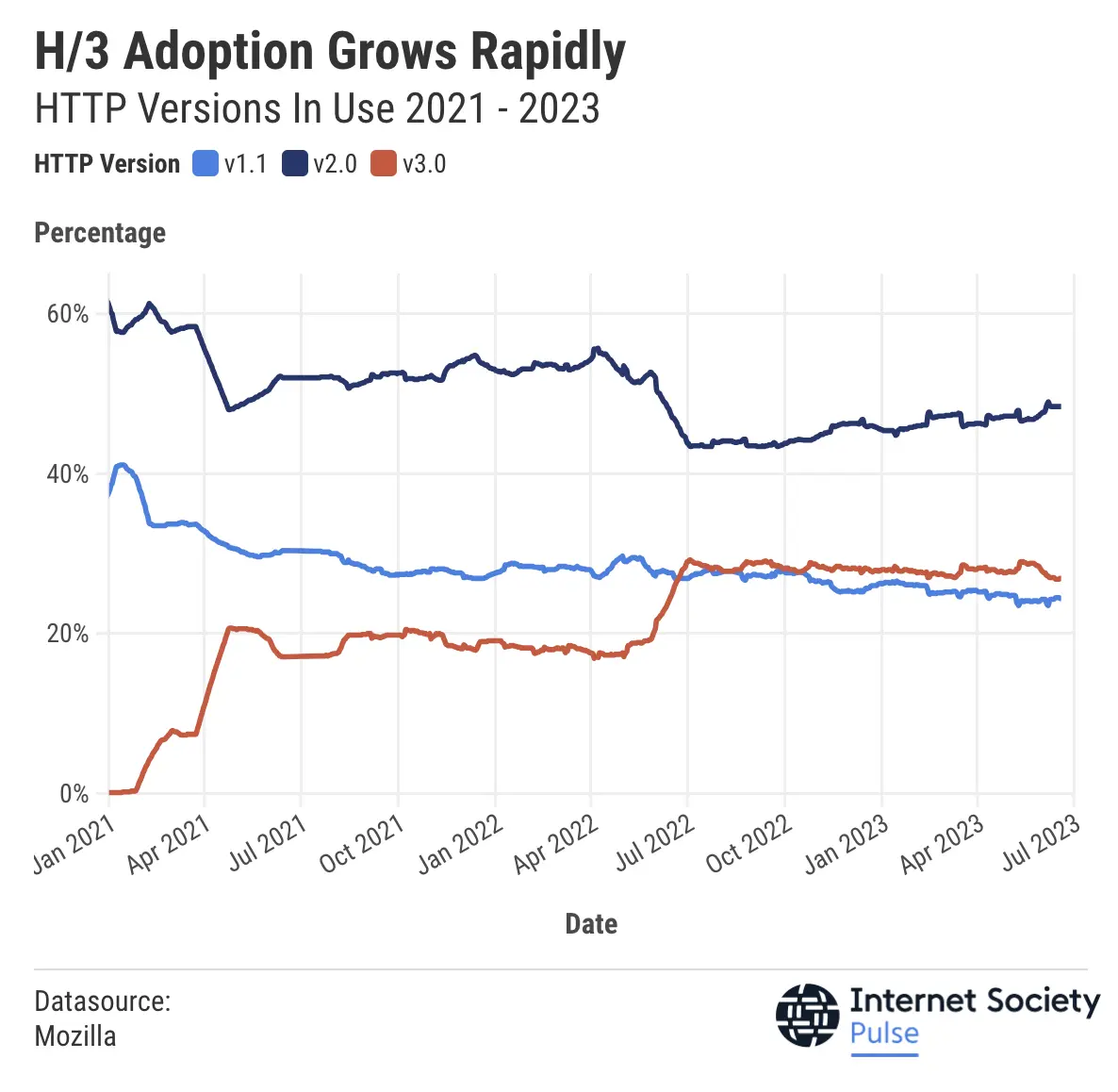
Comparisons
—
Similarities
- Both protocols offer server push support
- Both protocols have header compression, and QPACK and HPACK are similar in design.
- Both protocols offer multiplexing over a single connection using streams
—
Differences
The differences are in the details and primarily there thanks to HTTP/3’s use of QUIC:
- HTTP/3 has better and more likely to work early data support thanks to QUIC’s 0-RTT handshakes, while TCP Fast Open and TLS usually sends less data and often faces problems.
- HTTP/3 has much faster handshakes thanks to QUIC vs TCP + TLS.
- HTTP/3 does not exist in an insecure or unencrypted version. HTTP/2 can be implemented and used without HTTPS - even if this is rare on the Internet.
- HTTP/2 can be negotiated directly in a TLS handshake with the ALPN extension, while HTTP/3 is over QUIC so it needs an
Alt-Svc:header response first to inform the client about this fact. - The base HTTP/3 specification doesn’t define prioritization itself. The HTTP/2 approach to prioritization has been deemed too complicated and is deprecated by the latest revision of the HTTP/2 specification RFC 9113. A simpler alternative, the Extensible Prioritization Scheme for HTTP (RFC 9218), has been published separately, which can be used in both HTTP/2 and HTTP/3.